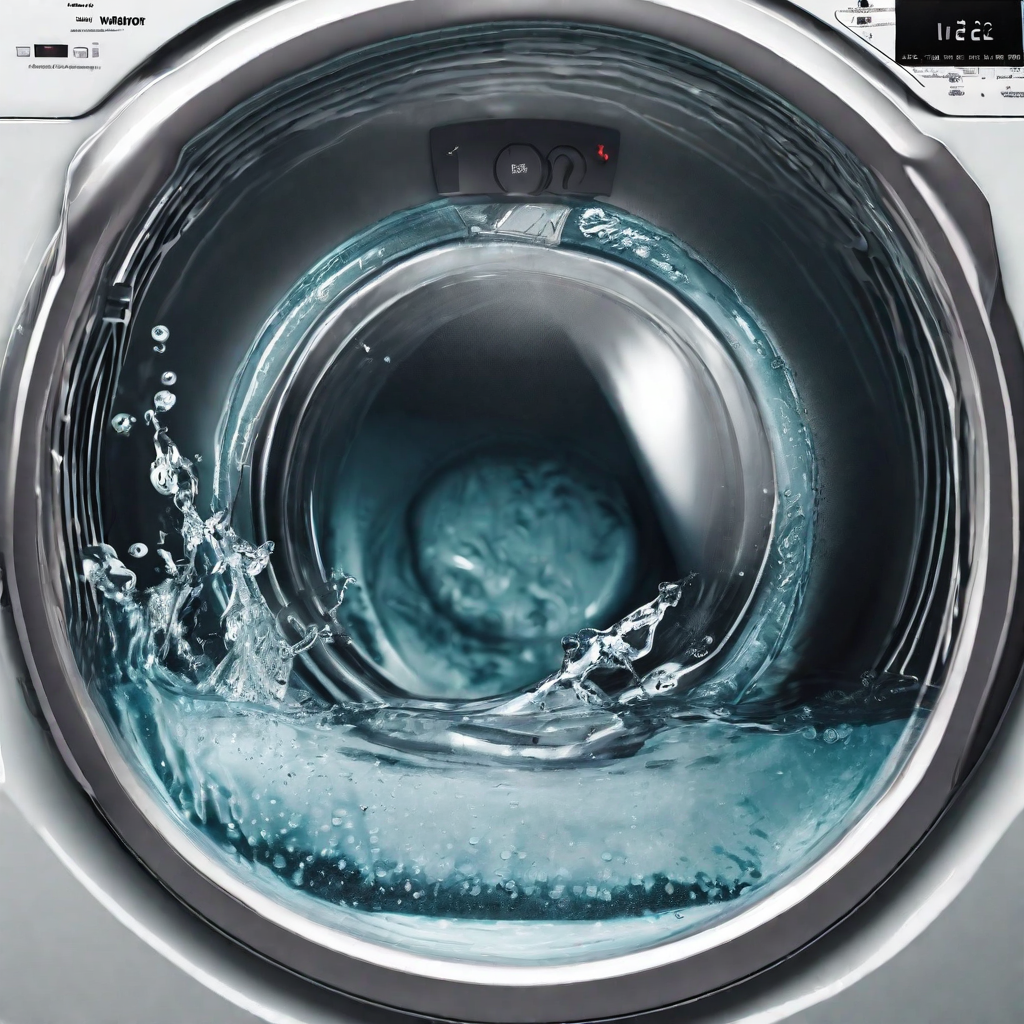We know how important a smoothly running washing machine is to keep your clothes clean and fresh. One crucial component that ensures your laundry day goes without a hitch is the sensor. But what if your washing machine sensor is on the fritz?
Don’t worry – we’re here to help you troubleshoot.
In this article, we’ll explore the signs that indicate your washing machine sensor might not be working properly.
7 Signs Your Washing Machine Sensor Playing Up
Washing machine sensor playing up is commonly caused by inconsistent water levels, wet clothes, not spinning properly, strange noises, and unresponsive controls.
Now we have answered the main question, let’s dive into troubleshooting.
1. Inconsistent Water Levels:
One of the first signs that your washing machine sensor may be malfunctioning is inconsistent water levels during the wash cycle. If you notice that your machine is filling up with water excessively or not enough, it could be a clear indicator that the sensor responsible for regulating water levels is not doing its job.
2. Unusual Cycle Durations:
Have you suddenly observed that your usual quick wash is taking an eternity, or conversely, a regular cycle is finishing up in record time?
An improperly functioning sensor can disrupt the internal timing mechanisms, leading to irregular cycle durations.
3. Incomplete Washing or Soaking:
Imagine pulling out a load of laundry only to find that some clothes are still soapy or certain stains haven’t budged. This could be a sign that the washing machine sensor is failing to detect the soil level properly, impacting the washing and rinsing processes.
4. Inadequate Spinning:
A malfunctioning sensor may also affect the spinning cycle. If you notice that your clothes are excessively wet after the spin cycle or if the machine isn’t spinning at all, the sensor responsible for determining the load balance might be at fault.
Connect with an Appliance Repair Technician
Click here to use the chatbox to speak with one of our skilled technicians.
No in-home service calls. No appointments.
5. Error Codes on Display:
Modern washing machines often come equipped with advanced diagnostics that display error codes when something goes wrong.
Keep an eye on your machine’s display panel for any error messages or codes that may indicate a sensor malfunction. Refer to your machine’s manual for specific error code meanings.
6. Unusual Noises:
A normally quiet washing machine suddenly making strange noises during operation could be a sign of sensor trouble. Sensors play a crucial role in balancing loads, and if they’re not working correctly, it could lead to uneven distribution and noisy spinning cycles.
7. Unresponsive Controls:
If your washing machine is not responding to the selected settings or commands, it could be due to a faulty sensor. The control panel relies on sensors to interpret your input and execute the desired cycle.
Conclusion:
In a nutshell, a malfunctioning washing machine sensor can throw a wrench into your laundry routine. In the next section, we’ll discuss how to troubleshoot your washing machine sensor problems.
Washing Machine Sensor Problems: 6 Steps to resolve
So, you have identified possible sensor problems. Fear not! In this section, we’ll walk you through a step-by-step process to identify and fix sensor issues in your washing machine.
Step 1: Diagnosing the Problem
Before diving into any repairs, it’s essential to identify the symptoms of sensor problems. Common signs include erratic cycle behavior, inaccurate water level readings, or sudden stops during operation.
Take note of any error codes displayed on your washing machine, as they can provide valuable clues about the specific sensor issue.
Step 2: Check for Loose Connections
Start by unplugging your washing machine to ensure safety. Inspect the sensor connections for any loose wires or damaged cables. Sensors are often located near the control panel or inside the drum. Gently reattach any loose connections and secure them with electrical tape or cable ties.
Related Articles
- Washing Machines, You Might Want to Avoid (Unreliable)
- Washing Machines With Very Few Problems? 11 Brands (That Last Longer)
- Washing Machine Overfilling Problems: 7 Common Reasons (Solved)
Step 3: Clean the Sensors
Over time, sensors can accumulate dirt, detergent residue, or lint, leading to inaccurate readings. Carefully clean the sensors using a soft brush or cloth. Be sure to consult your washing machine’s manual for the precise location of the sensors. Common sensor types include water level sensors, temperature sensors, and load sensors.
Step 4: Calibrate the Sensors
Some washing machines allow you to calibrate sensors through the control panel settings. Refer to your user manual to find instructions on sensor calibration. This process helps reset the sensors to their optimal performance levels, ensuring accurate readings during each wash cycle.
Connect with an Appliance Repair Technician
Click here to use the chatbox to speak with one of our skilled technicians.
No in-home service calls. No appointments.
Step 5: Replace Faulty Sensors
If cleaning and calibration don’t resolve the issue, one or more sensors may be faulty and need replacement.
Check your washing machine’s manual for guidance on locating and replacing sensors. You can purchase replacement sensors from the manufacturer or authorized retailers.
Step 6: Consult the Manufacturer’s Support
If you’re unable to identify or fix the sensor problem on your own, it’s time to reach out to the manufacturer’s customer support.
Provide them with details about the issue, the make and model of your washing machine, and any error codes displayed. They can offer specific guidance or recommend professional service if necessary.
Final Thoughts
Dealing with sensor problems in your washing machine may seem daunting, but with a systematic approach, you can often troubleshoot and fix the issue yourself.
Remember to prioritize safety by unplugging your machine before attempting any repairs. If you’re ever unsure or uncomfortable with the troubleshooting process, don’t hesitate to seek professional assistance. Happy washing!

